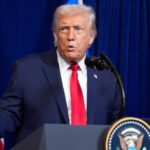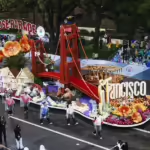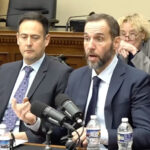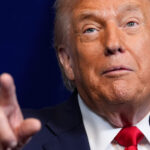The leaders of Guyana and Venezuela landed in St. Vincent and the Grenadines for a tense meeting Thursday as regional nations sought to defuse a long-standing territorial dispute that has escalated with Venezuelans voting in a referendum to claim two-thirds of their smaller neighbor.
Quick Read
- High-Level Meeting in St. Vincent: Guyanese President Irfaan Ali and Venezuelan President Nicolás Maduro met in St. Vincent and the Grenadines to discuss the territorial dispute over Essequibo.
- Regional Involvement: The meeting was facilitated by regional partners, with the prime ministers of Barbados, Dominica, and Trinidad and Tobago also attending.
- Maduro’s Comments: Venezuelan President Maduro expressed optimism about the meeting, emphasizing the importance of Latin America and the Caribbean as a zone of peace.
- Ongoing Negotiations Expected: St. Vincent and the Grenadines Prime Minister Ralph Gonsalves likened the process to a test cricket match, indicating the expectation of ongoing negotiations.
- Dispute Over Essequibo: The dispute centers on Essequibo, a resource-rich region claimed by both Guyana and Venezuela. The recent escalation follows a Venezuelan referendum to claim the region.
- Venezuela’s Exploration Plans: Following the referendum, Maduro ordered state-owned companies to explore and exploit resources in Essequibo, increasing tensions.
- Military Alert: Both Guyana and Venezuela have put their militaries on alert amid the escalating dispute.
- Guyana’s Stance on ICJ Resolution: Guyana’s President Ali insists that the International Court of Justice should solely resolve the dispute, stating that it will not be open for discussion.
- Historical Claims: Venezuela claims Essequibo based on colonial-era boundaries, while Guyana relies on a 1899 arbitration award.
- Geneva Agreement and ICJ: The 1966 Geneva Agreement involving Venezuela, Britain, and Guyana is cited by both sides, with Guyana emphasizing the role of the ICJ in settling the controversy.
- Guyana’s Rejection of Venezuelan Claims: President Ali rebutted Maduro’s claims about oil concessions and alleged U.S. military operations in the disputed territory.
- U.S. Southern Command Operations: The U.S. Southern Command conducted recent flight operations within Guyanese territory, which Guyana clarifies as not being aimed at Venezuela.
- Maduro’s Letter to Gonsalves: Maduro’s letter reiterates Venezuela’s stance on the 1899 border and calls for an amicable resolution acceptable to both countries.
- Referendum on Essequibo: Venezuela’s recent referendum on claiming Essequibo has been a significant factor in escalating tensions.
- Uncertainty of Resolution: While the meeting is a step towards dialogue, there is uncertainty regarding immediate agreements or resolution of the dispute, with expectations of prolonged discussions.
The Associated Press has the story:
Guyana, Venezuela leaders meet face-to-face as region pushes to defuse territorial dispute
Newsloos- KINGSTOWN, St. Vincent (AP)
The leaders of Guyana and Venezuela landed in St. Vincent and the Grenadines for a tense meeting Thursday as regional nations sought to defuse a long-standing territorial dispute that has escalated with Venezuelans voting in a referendum to claim two-thirds of their smaller neighbor.
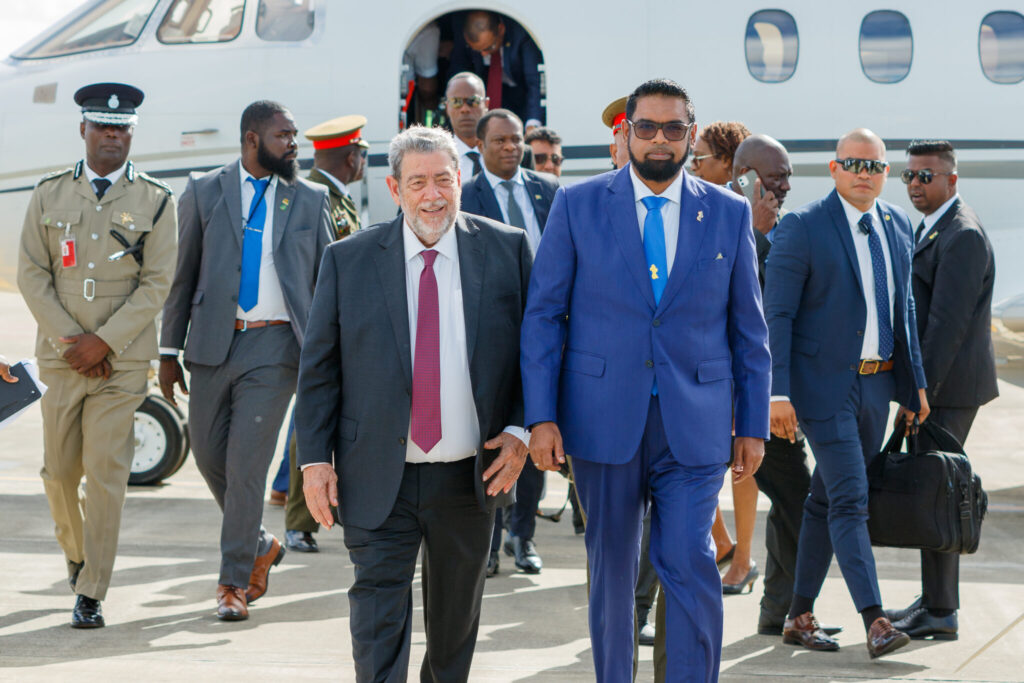
Pushed by regional partners, Guyanese President Irfaan Ali and Venezuelan President Nicolás Maduro agreed to meet at the Argyle International Airport on the eastern Caribbean island of St. Vincent. The prime ministers of Barbados, Dominica and Trinidad and Tobago said they also would attend.
“To use a cricket metaphor, this is not a one-day cricket match,” he said. “It is like a test match, and there will be other rounds and games, but the fact that they will be talking is very important on friendly, neutral grounds like St. Vincent and the Grenadines.”
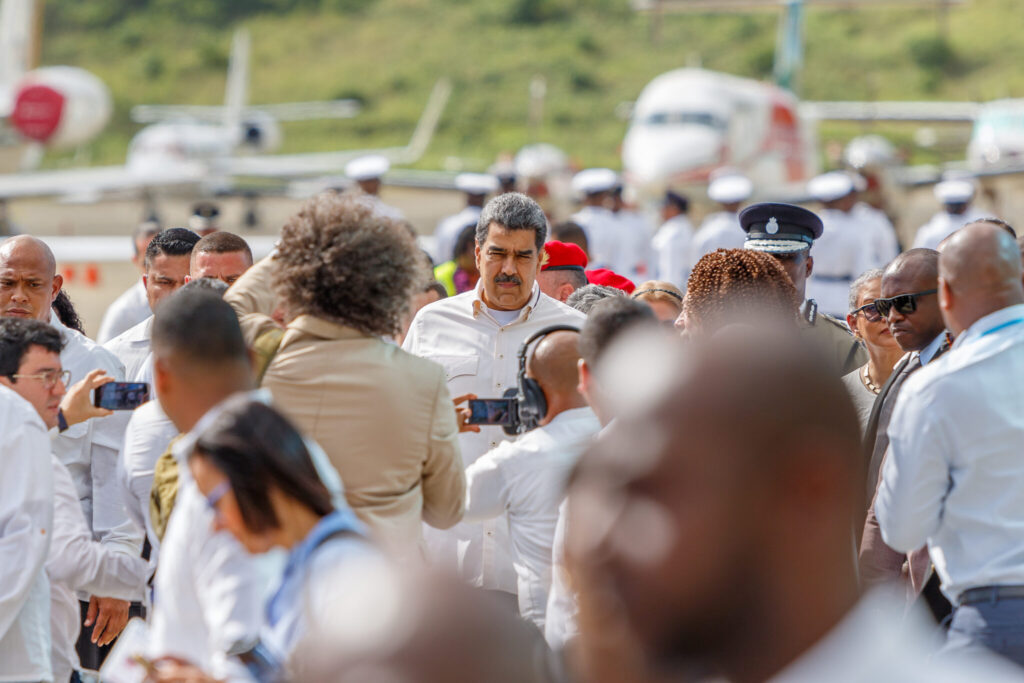
Ali arrived first, with Maduro arriving shortly afterward. The Venezuelan president spoke to reporters briefly before the meeting.
“I am pleased that the community of Latin American and Caribbean states and Caricom have managed to take this step, and we will make the most of it so that our Latin America and the Caribbean remains a zone of peace,” Maduro said. Caricom is an acronym for the Caribbean Community organization.
Ahead of the meeting, Ralph Gonsalves, prime minister of St. Vincent and the Grenadines, said he expected additional meetings to be held.
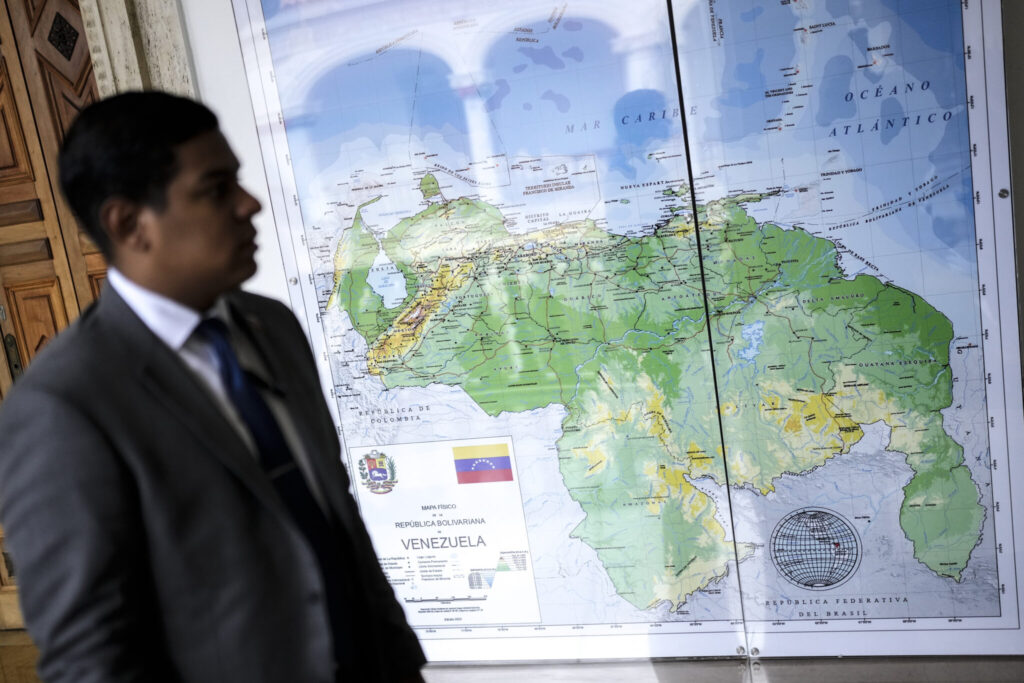
The meeting is aimed at easing the tensions that have flared over Essequibo, a vast border region rich in oil and minerals that represents much of Guyana’s territory but that Venezuela claims as its own.
Venezuela’s president followed the referendum by ordering his state-owned companies to explore and exploit the oil, gas and mines in Essequibo. And both sides have put their militaries on alert.
It was unclear if the session would lead to any agreements or even ease the border controversy.
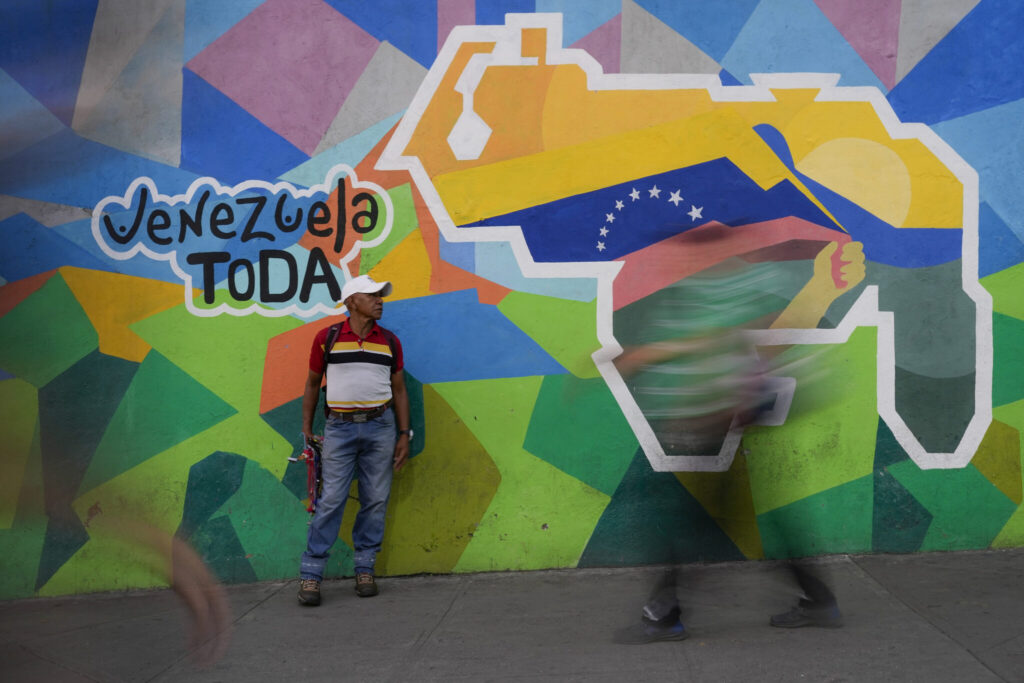
Guyana’s president has repeatedly said the dispute needs to be resolved solely by the International Court of Justice in the Netherlands.
“We are firm on this matter and it will not be open for discussion,” Ali wrote Tuesday on X, formerly known as Twitter.
Venezuela insists the Essequibo region was part of its territory during the Spanish colonial period, and argues the 1966 Geneva Agreement between their country, Britain and Guyana, the former colony of British Guiana, nullified the border drawn in 1899 by international arbitrators.
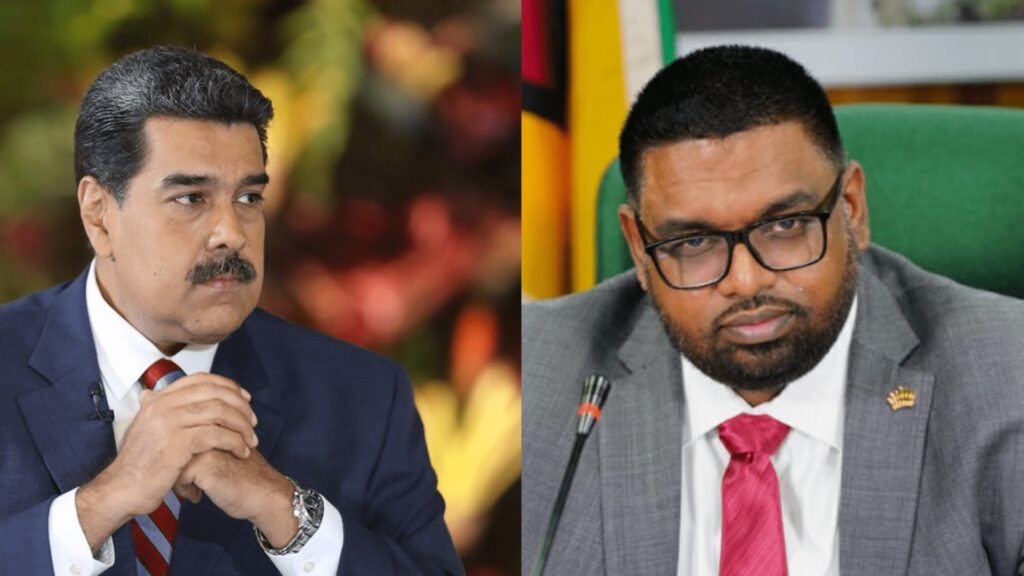
In a letter sent Tuesday to Gonsalves, prime minister of St. Vincent and the Grenadines, Guyana’s president said the Geneva Agreement states that the International Court of Justice should settle any border controversy.
Ali also said he was concerned about what he described as “inaccurate assertions” made by Maduro’s own letter to Gonsalves.
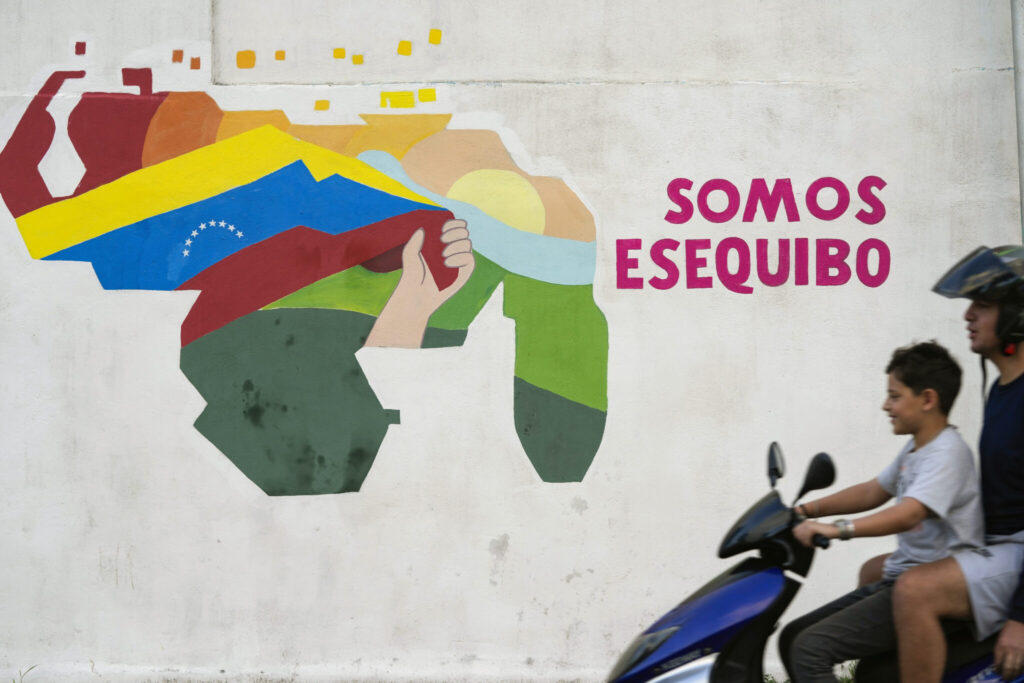
He rebutted Maduro’s description of oil concessions granted by Guyana as being “in a maritime area yet to be delimited.” Ali said all oil blocks “are located well within Guyanese waters under international law, including the United Nations Convention on the Law of the Sea.”
Ali also rejected what he said Maduro described as “meddling of the United States Southern Command, which has begun operations in the disputed territory.”
The U.S. Southern Command conducted flight operations within Guyana in recent days.
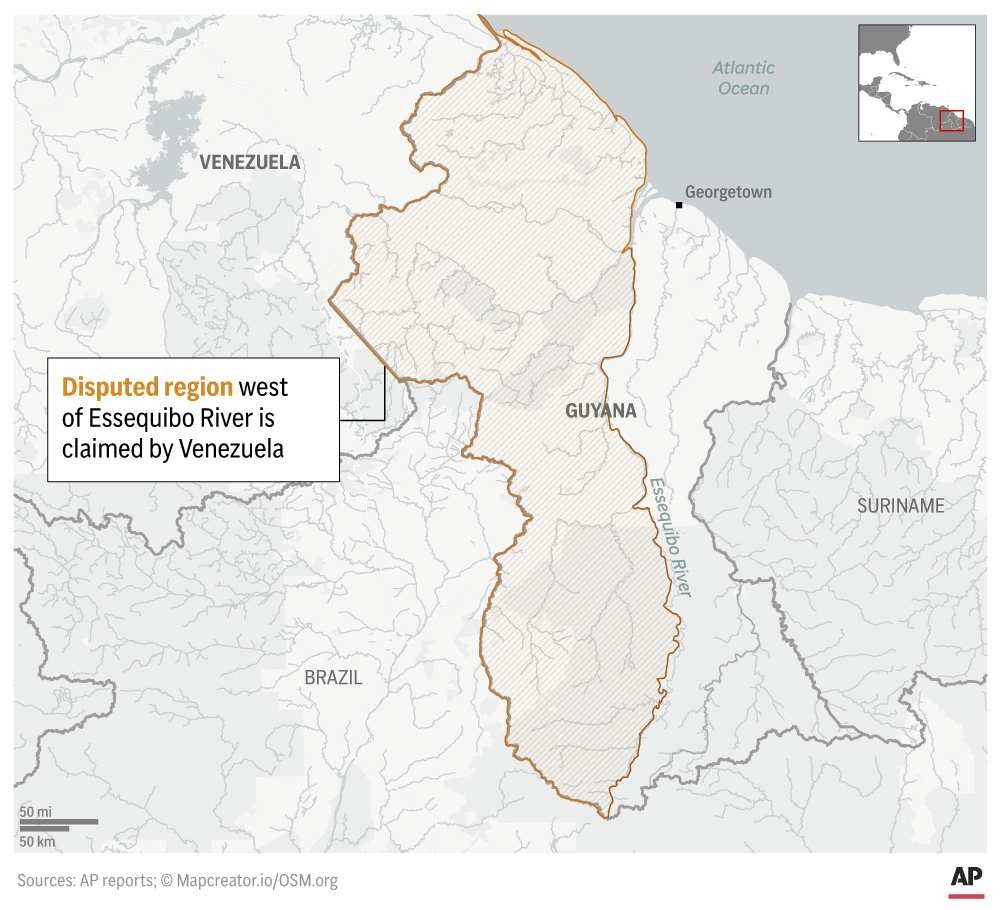
“Any allegation that a military operation aimed at Venezuela exists in any part of Guyanese territory is false, misleading and provocative,” Ali said in his letter to Gonsalves.
Maduro’s letter to Gonsalves repeats Venezuela’s contention that the border drawn in 1899 was “the result of a scheme” between the U.S. and the U.K. It also said the dispute “must be amicably resolved in a matter acceptable to both parties.”
Maduro also referred to the Dec. 3 referendum on Venezuela claiming ownership of Essequibo, which has vast oil deposits off its coast.
The meeting between the two leaders was scheduled to last one day, although many expect the disagreement to drag on into next year.


